shakin_the_trees
Chirping
- Apr 7, 2022
- 41
- 40
- 61
When I first moved in and aquired my babies, one of our chickens always looked ratty, feathers looked ragged, and had a small pale comb. Since then her comb is red and big, but her feathers are still ratty, I figured after 6 months they would get better. She never acted sick. Now Im noticing that the ends of all my chickens feathers are starting to look like that and Im thinking I may have a de-pluming mite issues. Its mostly the feathers on the tails, but the ones that will let me pick up ive noticed that they are also missing some feathers and have bear skin on their under side. some look a little red and irritated. I haven't seen any clumps of eggs or anything anywhere, which is why I think I may have a depluming mite issue. Any help appreciated.
Attachments
-
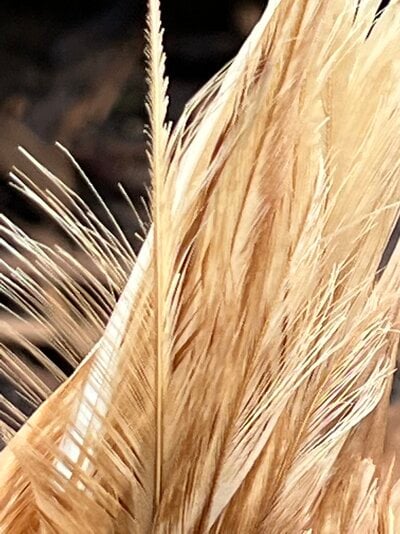 1B701F81-B29F-4613-930A-0CA066D55861.jpeg399.8 KB · Views: 142
1B701F81-B29F-4613-930A-0CA066D55861.jpeg399.8 KB · Views: 142 -
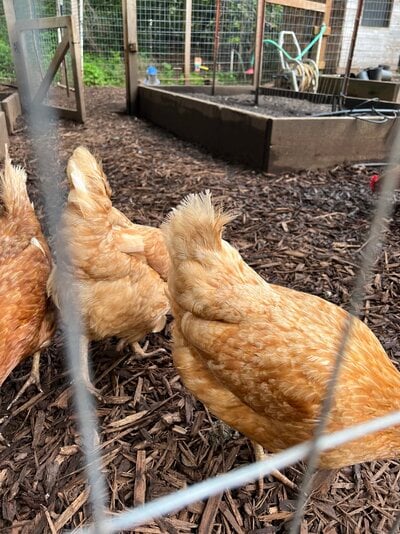 078C1169-2395-49A1-9E2E-7C5D2CC69E2D.jpeg690 KB · Views: 50
078C1169-2395-49A1-9E2E-7C5D2CC69E2D.jpeg690 KB · Views: 50 -
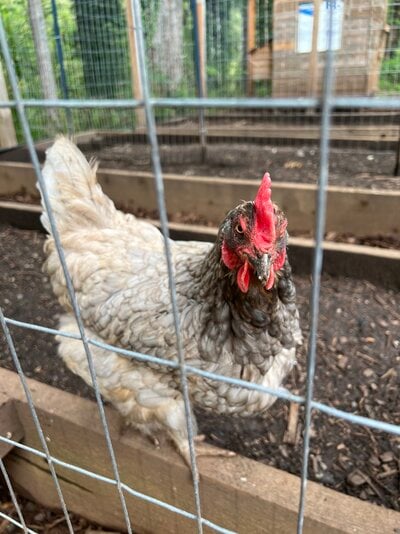 36848DE1-E66D-4FC1-AE6B-1556F1A6AAC2.jpeg441.3 KB · Views: 48
36848DE1-E66D-4FC1-AE6B-1556F1A6AAC2.jpeg441.3 KB · Views: 48 -
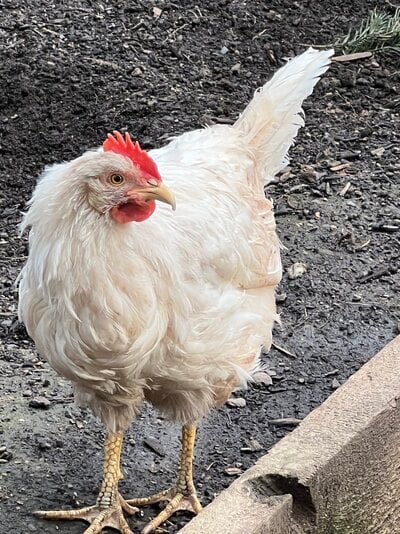 8492D5E6-AB58-4332-966E-EBF5E449BEBD.jpeg784.7 KB · Views: 49
8492D5E6-AB58-4332-966E-EBF5E449BEBD.jpeg784.7 KB · Views: 49 -
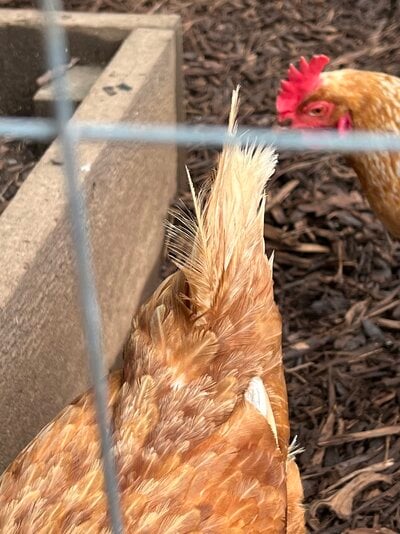 C46972D8-51ED-4AAE-8952-D7FDDD25D961.jpeg488.6 KB · Views: 52
C46972D8-51ED-4AAE-8952-D7FDDD25D961.jpeg488.6 KB · Views: 52







